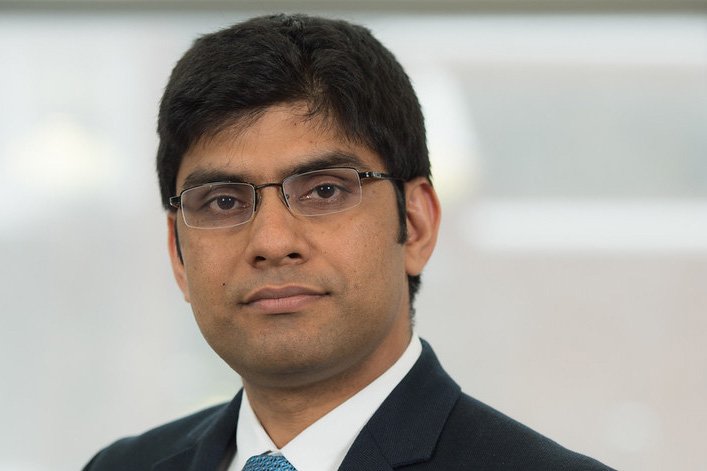Alumni Corner: Varun Chandola, NSF Program Director for Office of Advanced Cyberinfrastructure

It’s been 20 years since Varun Chandola (Ph.D. 2009) landed in Minneapolis to begin his Ph.D. program. During his time at the University of Minnesota, Chandola worked on a cyber security project called the Minnesota Intrusion Detection System (MINDS) which was funded by the army. His final dissertation focused on anomaly detection, which became a jumping off point for his work at Slate University of New York at Buffalo where he is now an associate Professor of Computer Science.
Last fall, Chandola was appointed the National Science Foundation (NSF) Program Director for the Office of Advanced Cyberinfrastructure (OAC), which is housed within the Computer and Information Science and Engineering (CISE) directorate.
“I learned a lot while at the University of Minnesota,” Chandola said. “In order for your work to have a significant impact, you have to collaborate with other specialties. That is something that (Regents Professor) Vipin Kumar does well and it is something that I have continued to embrace. Even now my research portfolio is heavily focused on multi-discipline collaboration. I think that is ultimately why I came to NSF. The very nature of my office is to bring computer science technology to other disciplines so they can benefit from it.”
“Cyberinfrastructure” in OAC casts a wide net covering anything that has to do with computing. In addition to computing hardware and software infrastructure, this office also focuses on learning and workforce development in the area of cyberinfrastructure. His role has three main responsibilities - managing current awards, evaluating new proposals and developing new programs.
“We are trying to come up with new directions of research that we feel could benefit the country and society in general,” Chandola said. “Our ‘customers’ are not just computer scientists, but also domain scientists that need cyberinfrastructure resources to run their own programs and research. How do we make sure those resources are accessible to everyone, not just a few institutions? This is part of the core vision of OAC, and one of my goals is to contribute to this through new access mechanisms to enable democratized access to the nation's cyberinfrastructure.
One of the biggest benefits of working with NSF is the extensive collaboration between scientists of all fields as well as government agencies that will help shape future innovations. As a rotating director through the Independent Research and Development Program, Chandola can serve up to three years while continuing to conduct research back in Buffalo.
“My main research at Buffalo focuses on applying machine learning and high-performance computing to problems in healthcare, engineering and material science,” Chandola said. “One project is funded through the Department of Energies Nuclear Office and the research focuses on hybrid rockets. We are looking at new types of fuels for space repulsion systems. We are using machine learning to improve the understanding of how hybrid fuels work.”
We look forward to continuing to follow the work and innovations of Varun Chandola at NSF, Slate University and beyond!